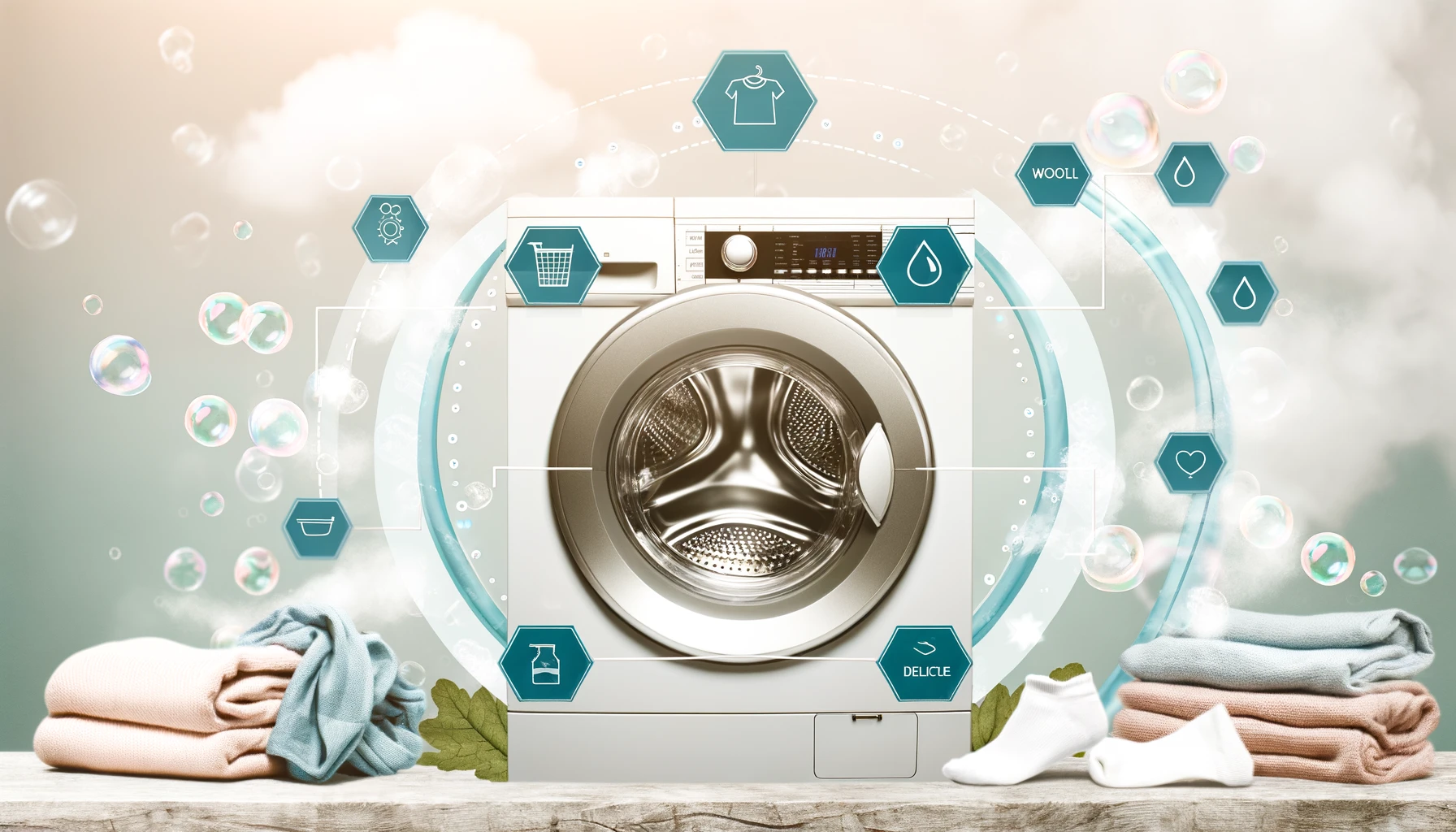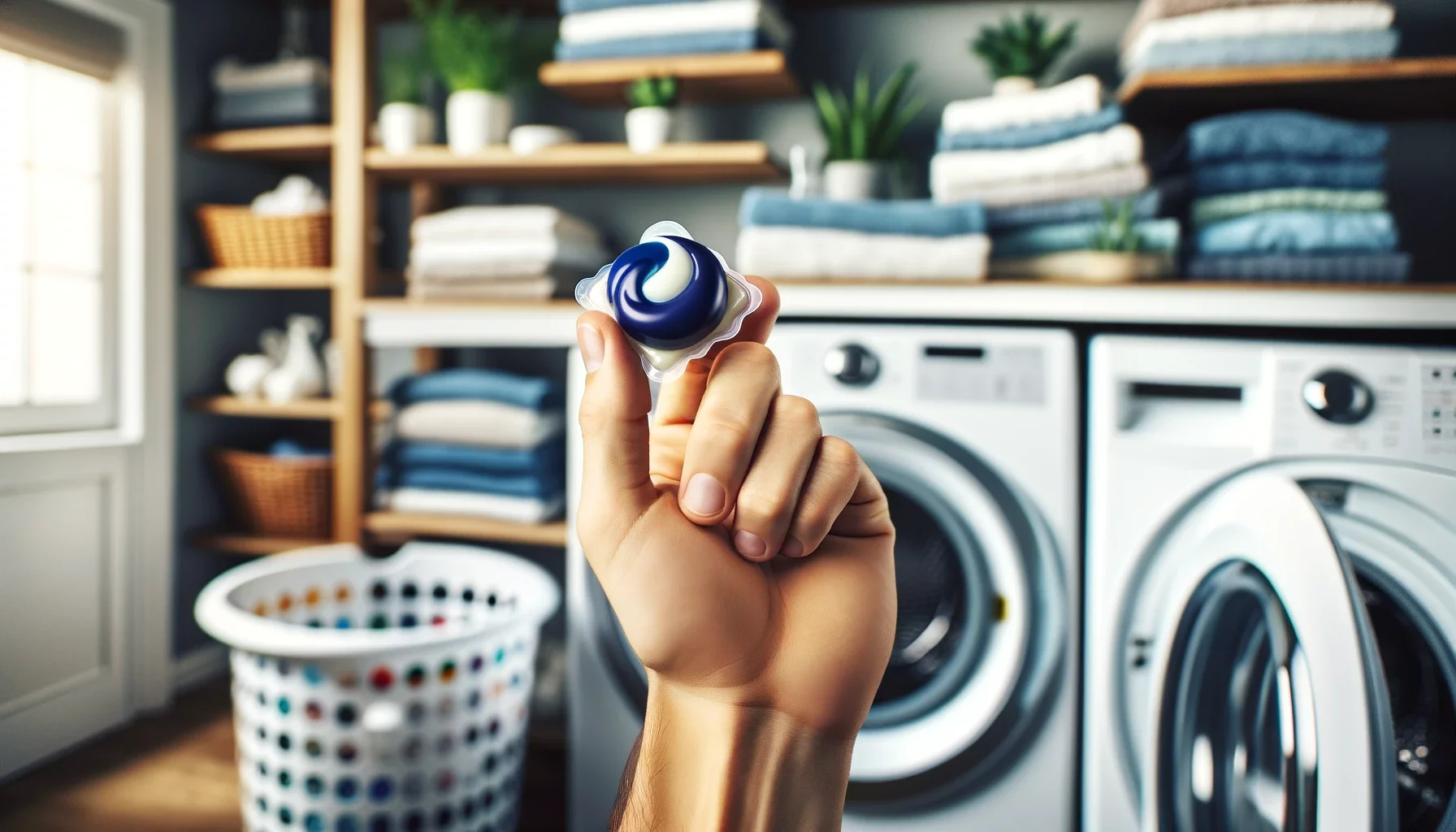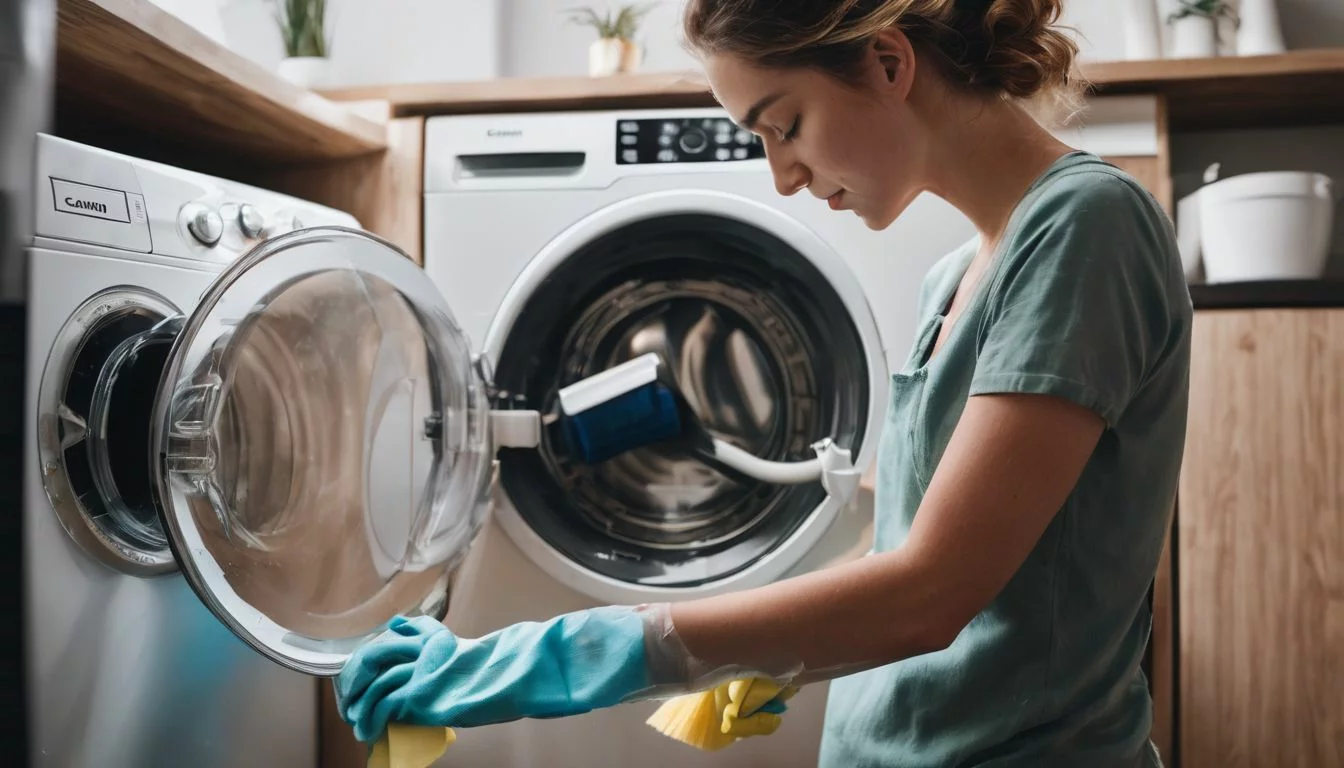Introduction
Connecting your washing machine to a water supply is a crucial step in setting up your appliance for optimal performance. By following a few simple steps, you can ensure a secure and leak-free connection. In this guide, we will provide step-by-step instructions on how to connect your washing machine to the water supply. From gathering the necessary materials to making the connections, we will cover all the specifics to help you complete the process successfully.

How do I connect my washing machine to my water supply?
I. Gather the Required Materials and Tools
-
Washing Machine Hoses:
- Check the manufacturer’s instructions to determine the type and length of hoses required for your specific washing machine. Typically, you will need both hot and cold water hoses. They are usually color-coded, with red indicating hot water and blue indicating cold water.
-
Hose Washers:
- Hose washers are small rubber or plastic disks that create a watertight seal between the hose and the water supply valve. Ensure you have enough washers for each connection.
-
Adjustable Wrench or Pliers:
- An adjustable wrench or pliers will be necessary for tightening and loosening the hose connections.
-
Teflon Tape (optional):
- Teflon tape, also known as plumber’s tape, can be used to wrap around the threaded ends of the water supply valves for added sealing and prevention of leaks. This step is optional but recommended.

II. Locate the Water Supply Valves
-
Hot and Cold Water Valves:
- Locate the hot and cold water supply valves near the area where your washing machine will be installed. These valves are usually located on the wall behind the washing machine or in a nearby utility room.
-
Ensure Accessibility:
- Ensure that the valves are easily accessible and that there is enough space to connect the hoses without any obstructions. If necessary, clear the area or make adjustments for ease of installation.
III. Turn Off the Water Supply
-
Shut Off the Water Valves:
- Close both the hot and cold water supply valves by turning them clockwise until they are fully closed. This will prevent water from flowing while you make the connections.
IV. Connect the Water Hoses
-
Hot Water Connection:
- Take the red-colored hose and attach one end to the hot water supply valve by threading it onto the valve in a clockwise direction. Use an adjustable wrench or pliers to tighten the connection firmly but avoid over-tightening.
-
Cold Water Connection:
- Take the blue-colored hose and connect it to the cold water supply valve in the same manner, threading it onto the valve in a clockwise direction. Ensure the connection is tight, but again, avoid over-tightening.
-
Connect to the Washing Machine:
- Take the opposite ends of the hoses and connect them to the corresponding hot and cold water inlet valves on the back of the washing machine. Slide each hose onto the inlet valve, and again, tighten the connections with an adjustable wrench or pliers. Ensure they are secure to prevent leaks.
V. Check and Test the Connections
-
Inspect for Leaks:
- After making all the connections, visually inspect the hose connections and the valves for any signs of leaks. Look for dripping water or watermarks around the connections.
-
Turn On the Water Supply:
- Carefully open both the hot and cold water supply valves by turning them counterclockwise until they are fully open. This will allow water to flow into the hoses and the washing machine.
-
Check for Leaks Again:
- Once the water supply valves are fully open, recheck the connections for any signs of leaks. Monitor the connections for a few minutes to ensure a tight and secure seal.

VI. Additional Considerations
-
Regular Maintenance:
- Periodically inspect the hose connections for any signs of wear, such as cracks or bulges. Replace the hoses if they show signs of deterioration or every few years to prevent potential leaks. It’s important to clean mold from water pipes on a regular basis to prevent them from being damaged.
-
Water Pressure Regulation:
- If you notice excessively high water pressure in your home, consider using a water pressure regulator. High water pressure can put strain on the hoses and connections, leading to potential leaks.
-
Professional Assistance:
- If you are uncomfortable or unsure about connecting your washing machine to the water supply, it is always best to seek assistance from a professional plumber or appliance technician. They can ensure the connections are made correctly and provide additional guidance.

VIII. Troubleshooting Common Issues
-
Leaks:
- If you notice leaks at the hose connections, check if the connections are tight. Use an adjustable wrench or pliers to tighten them further if necessary. If leaks persist, ensure that the hose washers are in place and not damaged. Replace them if needed. Additionally, inspect the hoses for any cracks or damage and replace them if required.
-
Low Water Pressure:
- In some cases, you may encounter low water pressure, which can affect the performance of your washing machine. Check if the water supply valves are fully open. If there is still low water pressure, it may be a problem with the plumbing system or water supply to your home. Consider contacting a plumber to investigate and resolve the issue.
-
Water Hammer:
- Water hammer refers to the banging or thumping noise that occurs when the water flow suddenly stops, causing a shockwave in the pipes. This can put stress on the washing machine and its connections. To minimize water hammer, consider installing water hammer arrestors or devices specifically designed to absorb the shock and reduce the noise.
IX. Other Considerations for Water Supply
-
Water Quality:
- Depending on your location, the quality of your water supply can vary. If you have hard water, consider using a water softener or other water treatment systems to minimize mineral buildup inside the washing machine and prolong its lifespan. Additionally, if the water quality is poor or contains contaminants, it is advisable to install a water filter to enhance the quality of water used in your washing machine.
-
Power Supply:
- Along with connecting your washing machine to the water supply, ensure that the appliance is safely and properly connected to its power source. Follow the manufacturer’s instructions for power connection and consider consulting a qualified electrician if you have any concerns or questions regarding electrical safety.

VII. Conclusion
Connecting your washing machine to the water supply is a straightforward process when following the proper steps. By gathering the necessary materials and tools, locating the water supply valves, and making the connections securely, you can ensure a leak-free and efficient operation.
Remember to always turn off the water supply before starting the installation, and check the connections and hoses for any signs of leaks during and after the installation process. Regularly inspecting the connections and conducting maintenance as needed will help prevent potential issues in the future.
If you are uncertain or uncomfortable with the installation process, it is recommended to seek professional assistance to ensure a proper and safe connection. With the proper installation, your washing machine will be ready to provide effective and convenient laundry care for years to come.

